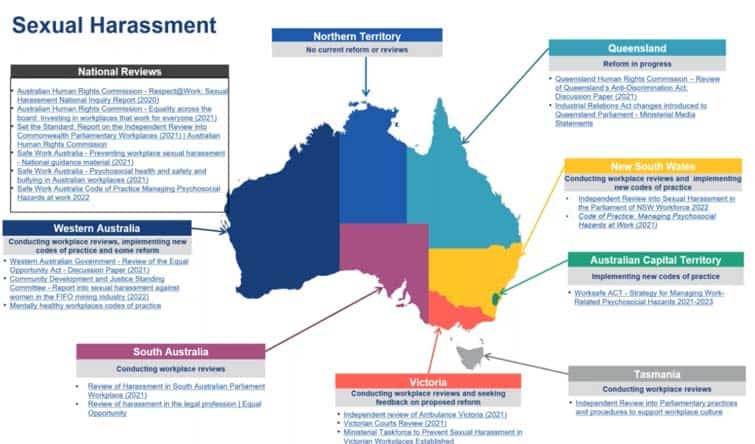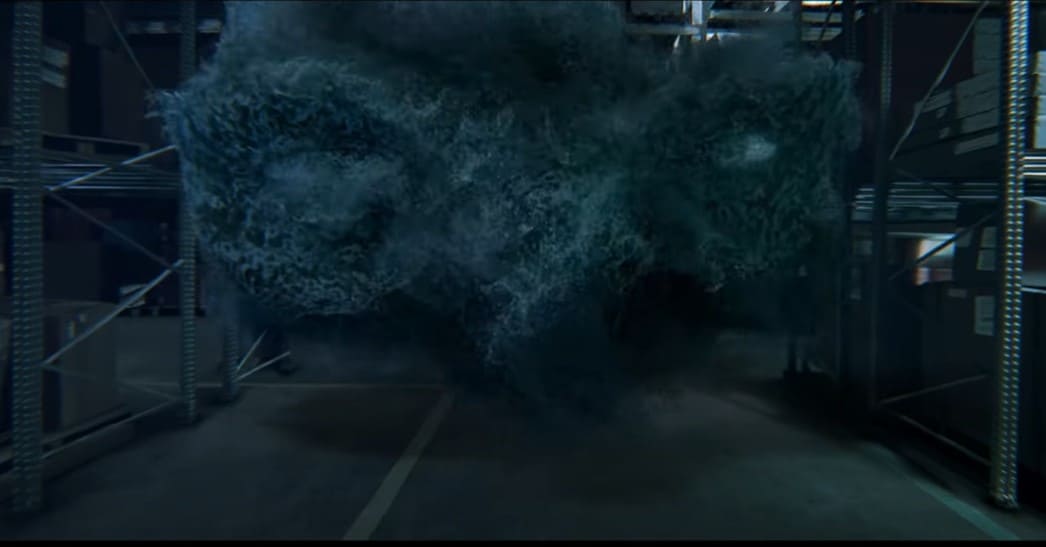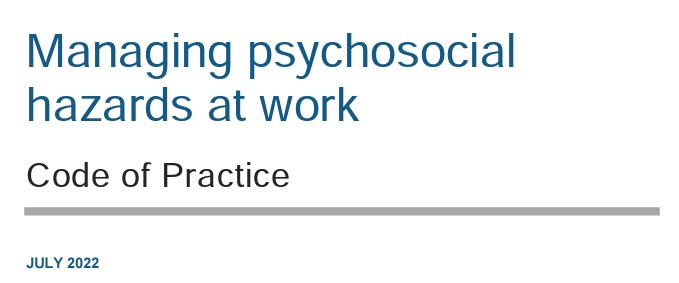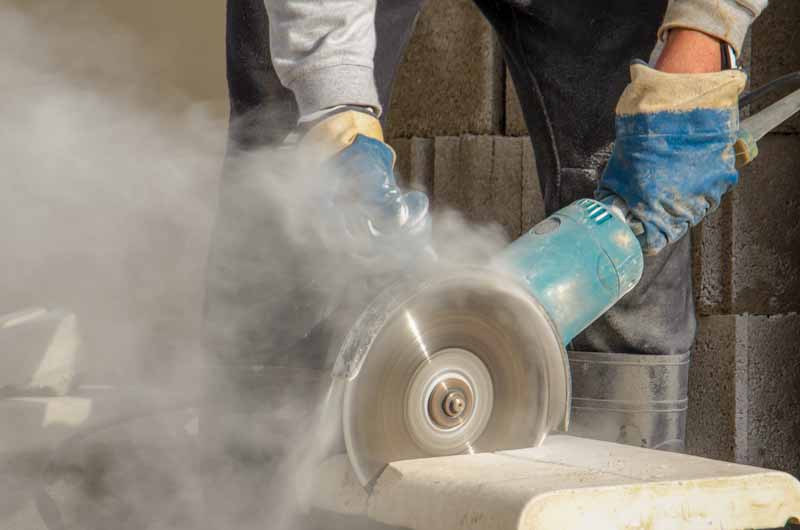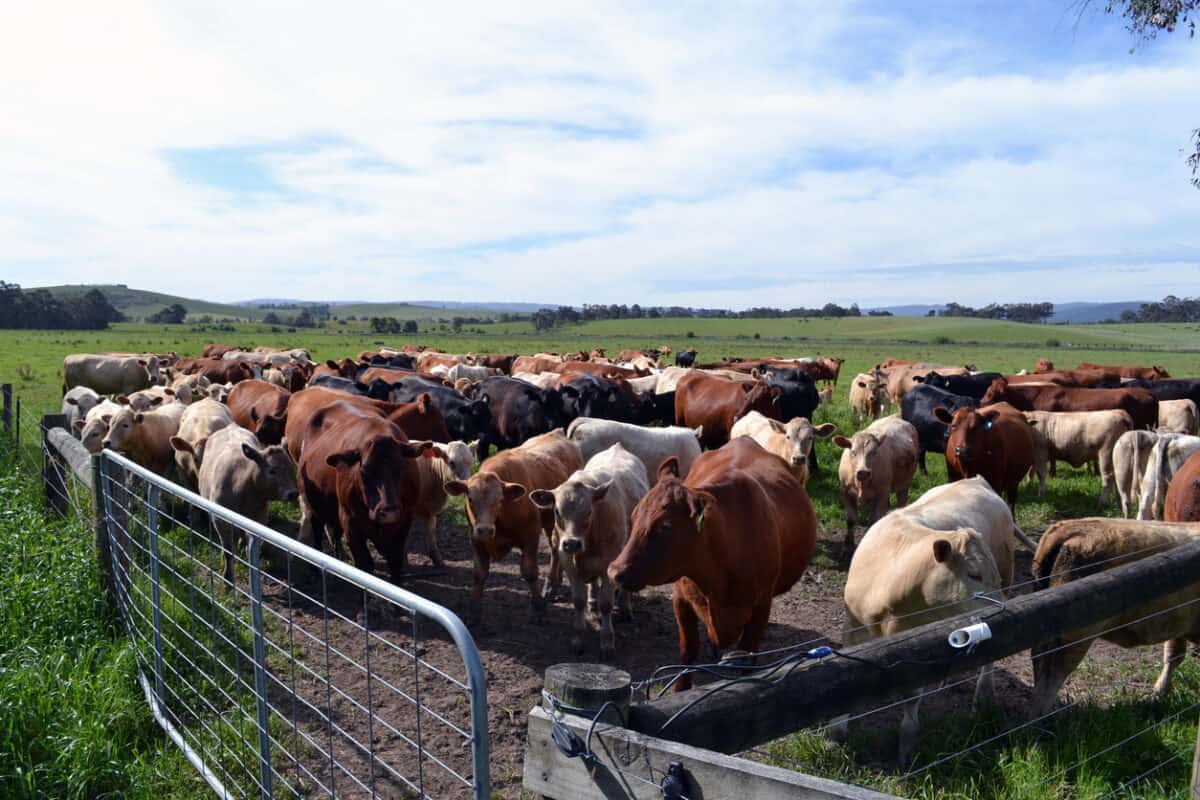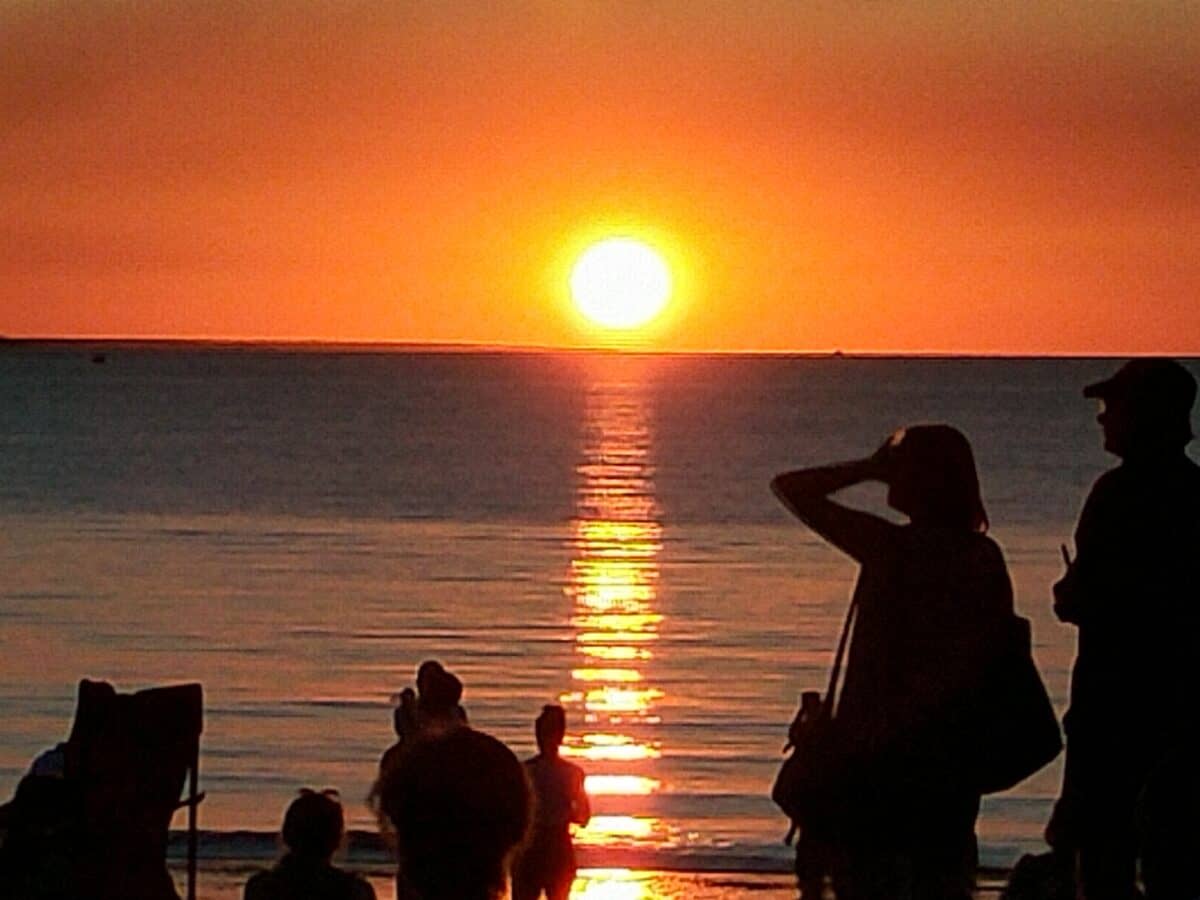Recently 700 people registered for a webinar conducted by Herbert Smith Freehills on work health and safety reforms, primarily on psychosocial risks at work. These risks were presented in various inquiries into sexual harassment, fly-in fly-out work practices but also generated new regulations, guidances and codes.
Steve Bell spoke about the responses from occupational health and safety (OHS) regulators to these issues and said:

